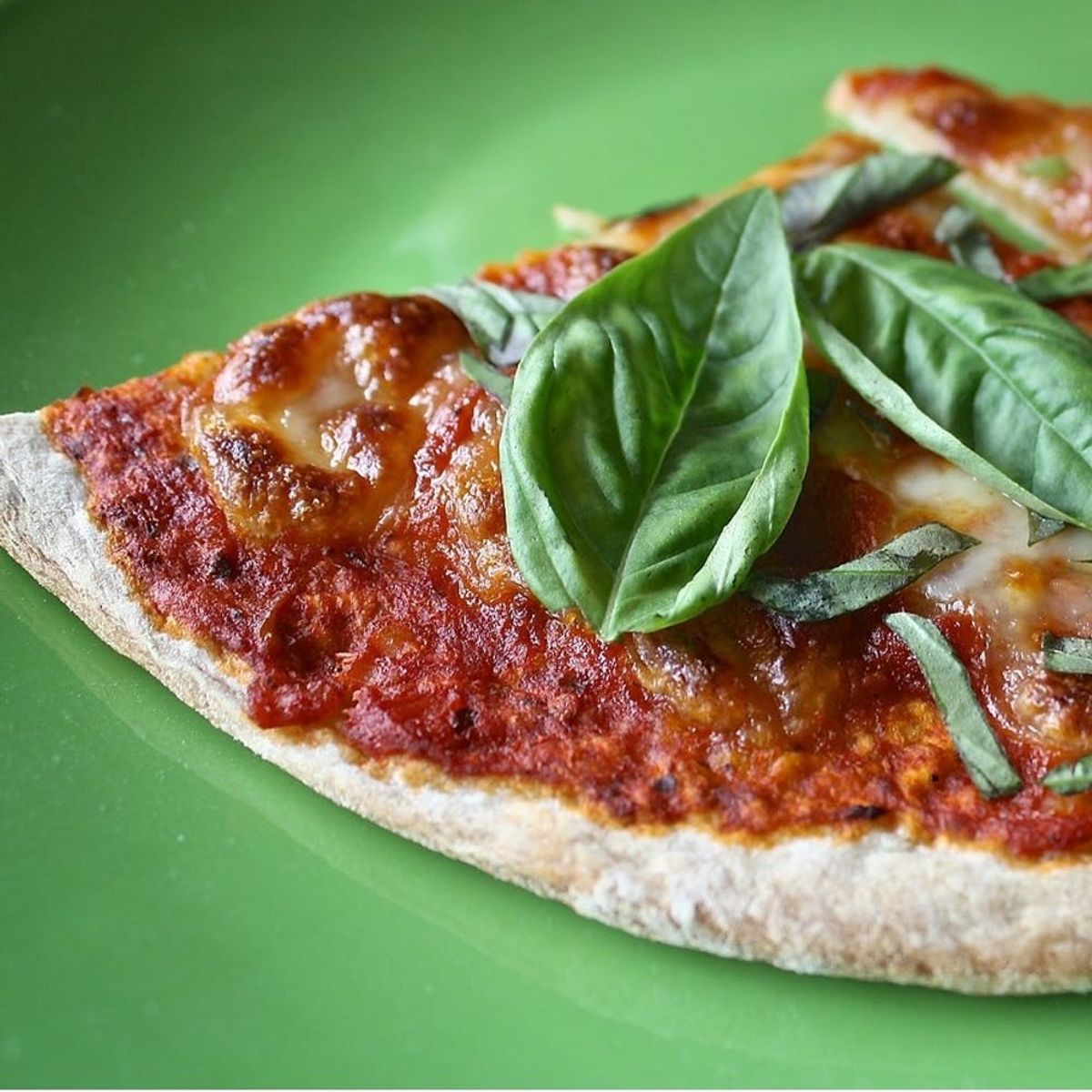Don’t make the same mistake we did.
Turns Out, We’ve Been Using Tomato Paste All Wrong

We’ve been using tomato paste all wrong. But now we know better, so we’re going to let you in on a culinary secret that will change the way you cook with it forever. This little tip will not only boost the flavor of your recipes (especially any that start with a can of tomatoes), but it’ll also give you a quick way to impress your dinner guests and step up your homemade pasta game. We’re sharing this as a culinary public service, because once upon a time we also made this mistake.

What We’ve Been Taught
Chances are, you plop some tomato paste in a pot, simmer your dish, and call it a day. Wrong! Tomato paste is one of those easy tricks to add flavor to your sauces — if you use it correctly.
Tomato paste is concentrated, with a rich flavor that adds umami (yumminess) to any dish. It’s made from fresh tomatoes that have been cooked down, strained to remove the skins and seeds, then puréed and cooked until it has reduced into a concentrated paste with very little water content. Tomato paste adds strong tomato flavor without watering down your dish. However, if you add it straight from the can (or tube), it doesn’t develop its full flavor and can even taste a bit metallic and raw, which means it may compete with other ingredients instead of enhancing them.
Adding tomato paste with a liquid like broth, wine, or water, or along with a can of diced or whole tomatoes, doesn’t give it a fighting chance to put its concentrated flavor to work. It can also be difficult to mix the thick paste into a pot full of liquid ingredients.

What We Should Be Doing
No matter the recipe, here’s how to use tomato paste correctly. This kitchen hack lets you improve dishes based on culinary principles, like sautéing your aromatics (garlic and onions) first or deglazing the pan to scrape up all the tasty, cooked-on bits from the bottom.
The secret? You need to “cook” tomato paste to caramelize it and allow its full flavor to develop. This works best if you add it to the pan along with your herbs and spices after you cook your aromatics. So, if your recipe says to cook an onion in olive oil for five minutes, then add dried oregano and garlic, this is when you should add your tomato paste. It only needs a few minutes on medium heat to darken in color and release its flavor. (Don’t add tomato paste at the same time you start your onions, or it’ll burn and they won’t have a chance to soften and start to brown.)
After adding the tomato paste, mix it with the other ingredients in the pan or pot, like onions and carrots. This will make it easier to spread out and cook the tomato paste evenly. Stir often to keep it from burning. Your tomato paste will change color, from bright red to a dark brick red or brown. Shades of brown are good; black is not. Once your tomato paste is dark and fragrant, add your liquids, and give the bottom of the pan a good scrape to release the concentrated tomato goodness into your dish. This also prevents your dish from burning later on. And that’s it! Continue with your recipe as usual.

What to Do With Excess Tomato Paste
Oh, and if you’re always left with extra tomato paste after making homemade pizza sauce or a stew, you’re not alone. We’ve never encountered a recipe that calls for the whole six-ounce can. You have two options to avoid wasting your excess tomato paste.
First, you can scoop out one-tablespoon portions of tomato paste onto parchment, then freeze them. Once solid, transfer to a freezer bag. Or, pick up a tube of tomato paste instead. Tubes of tomato paste keep for months in the fridge. As with a toothpaste tube, you can squeeze out only what you need and put the lid back on. Genius! You can also find tubes of pesto, anchovy paste, and sun-dried tomato paste. And, if you find yourself with a surplus of fresh tomatoes, you can always make your own.
For more cooking tips and tricks to help you become a pro in the kitchen, follow us on Pinterest.
(Photos via ponce_photography/Pixabay)



















